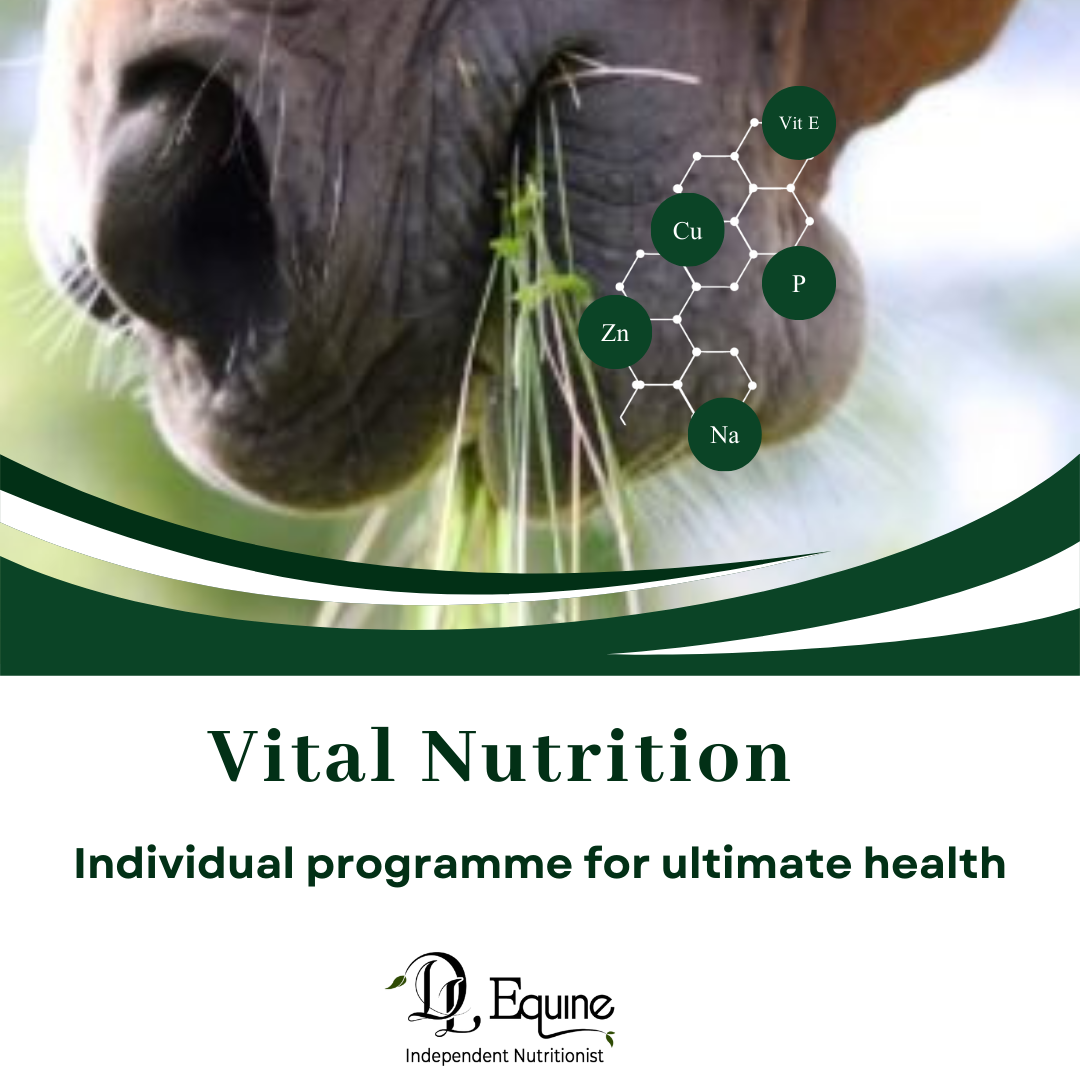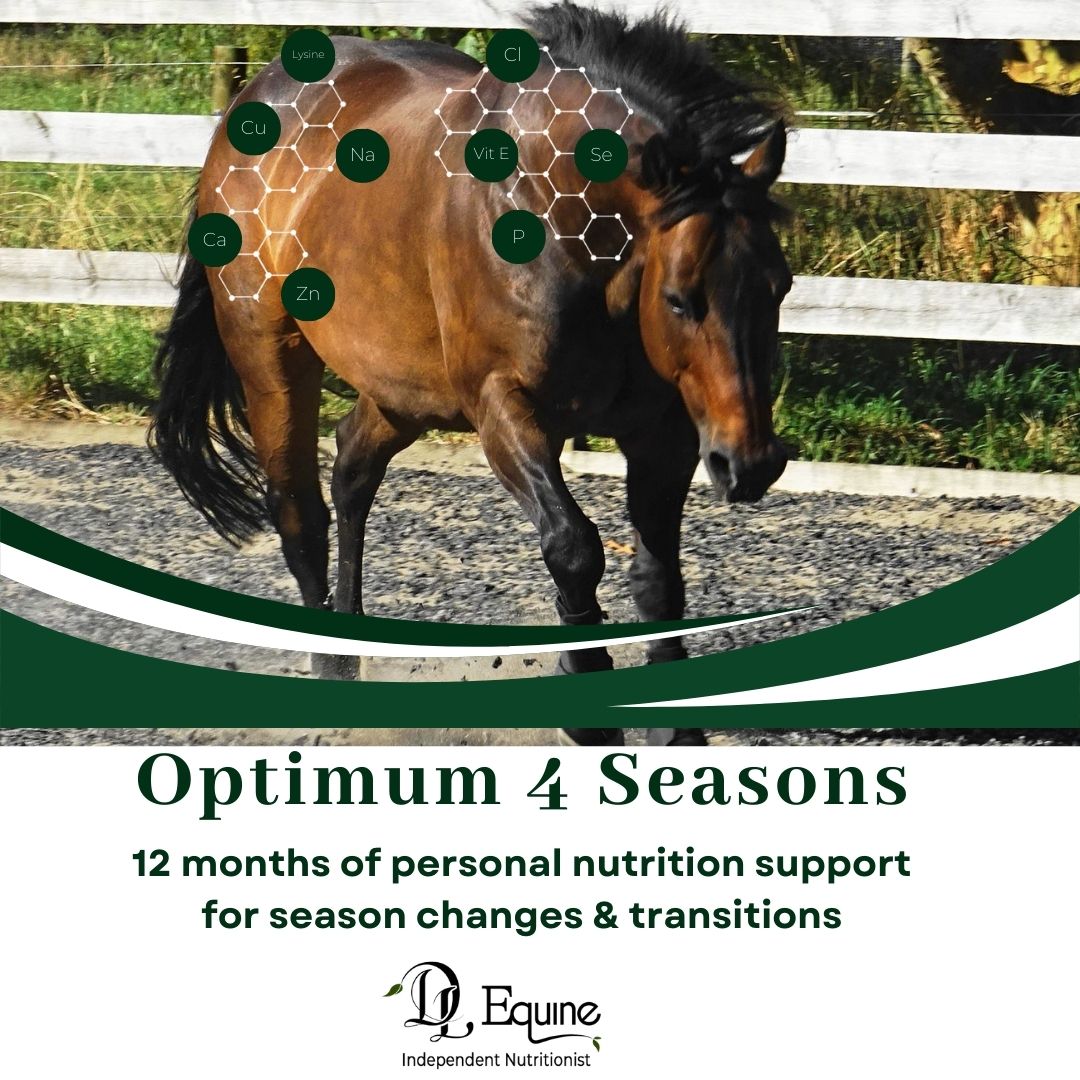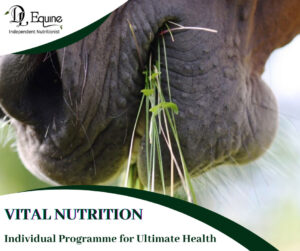Hey horse feeders, I had a question from a client I thought id share with you.
Salt Q I was wondering about the importance of salt in the diet. Also does the type matter and should it be offered or included? Many thanks, xx
Hey there, a great question!
What are electrolytes
Electrolytes maintain fluid balance and circulatory function, facilitate muscle contractions, trigger nerve functions and maintain the body’s acid-base balance. The most important electrolyte minerals are sodium, chloride, potassium, magnesium, and calcium.
A normal diet of forage will provide some electrolytes to the horse. By feeding a commercial feed (usually containing salt) and giving access to a salt block (or loose salt), all of a horse’s electrolyte requirements will be met under normal circumstances.
However, once the horse starts sweating from training or competing or just hot weather then this does create a need for proper electrolyte supplementation, the harder the work or the hotter the condition – the greater the need.
We owners must work out how much they need. And to provide a correct electrolyte supplement. The greater the combination of hard work and hot weather – the need will also increase.
Otherwise, for more normal conditions a horse can be kept well balanced with a daily supplement to the feed. Many nutritionists use a system based on a sweat loss of 1.6 L per day for horses in light work, 4.4 L per day for horses in moderate work, 6.7 L per day for horses in moderately heavy work, and 8.9 L per day for horses in heavy work.
In the summer in many parts of Australia and NZ hot and humid climates increase a horse’s need for electrolytes as horses will sweat more under these conditions.
What salt to use
Common table salt contains 39% sodium and 61% chloride and is frequently used as a readily available, palatable, and cheap source of these electrolytes in a horse’s diet.
Potassium chloride (50% potassium, 47% chloride) can be used to supply additional potassium and chloride where required and magnesium oxide is a readily available and cost-effective source of magnesium where additional magnesium is needed. Another useful favourite is Himalayan rock salt.
You would want to feed around 10g of sodium (2 tablespoons of salt) per day for your average adult non-working horse.
Things to remember
Always make sure your horse has access to water after being given electrolytes as they will get thirsty and need to be able to drink. Failure to provide water will result in dehydration because the salts will pull water out of the body and into the gut.
A correctly formulated electrolyte supplement should contain Chloride and Sodium at a ratio of approximately 2:1 as well as Calcium and Magnesium at low levels.
The equine kidney has developed to handle forage diets that are high in Potassium and low in Sodium. They easily excrete any excesses with no detriment to the physiology of the horse. As long as the kidneys are functioning properly and the electrolyte balance is correct, they will regulate and maintain the body’s electrolyte levels. But, over supplementing (potentially before riding) can cause metabolic problems.
Read labels on products you are using, See if they are PH neutral, and if they have the correct amount of all the necessary salts and minerals in the right ratios. But beware as some premixed feeds say they contain electrolytes but will only deliver the amount on the label if you feed the amount of feed they recommend, often 5 to 7 Kgs of that feed.
It is fairly rare that a horse will receive the full amount of the said feed, so the amount of actives will be reduced proportionately and therefore will not be sufficient for the needs of the horse.
In short, if you feed half the recommended amount of feed then you will only get half of the ingredients including supplements.
The very best way to work out how much salt your horse requires is to get an equine nutritionist to formulate the correct nutrition plan for your horse, this will balance all minerals correctly for your horses’ needs.
Happy summer feeding!






